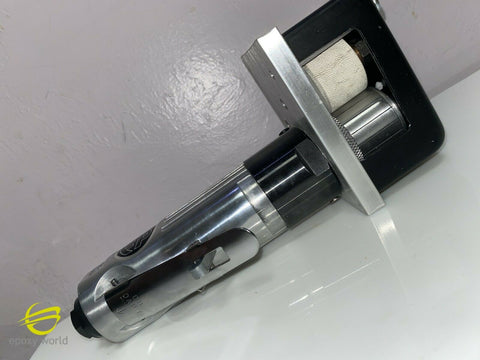

It is rumored that Henry J Kaiser did not like the design of the Kaiser Darrin, however his wife Alyce proclaimed the Darrin as "the most beautiful thing I have ever seen", and so the Kaiser Darrin was scheduled for production. The Kaiser Darrin also preceded the debut of the Chevrolet Corvette. Of the 9 units, five are known to survive today.) These 9 units were hand built, and no two Scarabs are identical.

The Scarab was priced at $5,000 - comparable to $90,000 today - however very few would pay the hefty price for this innovative car, and so only 9 units were produced. This minivan was constructed with an aluminum space frame unit body construction with steel frame parts and a steel body. (Interesting side note: the Stout Scarab is credited to be the world's first production minivan. Due to the company's low production volume, it is believed that the Stout Scarab Experimental would have had a selling price around $10,000, well beyond the means of most potential buyers. Sadly, this minivan never went into production. This minivan also featured the world's first fully functioning air suspension, which had been developed in 1933 by Firestone. Immediately following the end of World War II, Stout Motorcar Company of Detroit, Michigan, produced a prototype minivan called the Stout Scarab Experimental, also known as Project Y, that featured a body composed entirely of fiberglass. Many people believe that the Chevrolet Corvette was the first car to be manufactured with a complete fiberglass body, but this is not the case. This composite material was significantly stronger than the original glass wool "fiberglas", opening up a world of possibilities for designers, including those in the automotive industry. It wasn't until 1936, when duPont produced a polyester resin designed to combine with the glass fibers, that the composite material we know today as fiberglass was developed. This original "fiberglas" was glass wool - strands of glass fibers entrapping a great deal of gas - which made it useful as an insulator, however it was not structurally strong. Games Slayter, a researcher at Owens-Illinois, discovered "fiberglas" when he directed a jet of compressed air at a stream of molten glass and produced glass fibers. From water slides, traffic lights, helicopter rotor blades, circuit boards, boats, and of course automotive parts, composites have been used for a vast array of products, starting with the accidental discovery of fiberglass in 1932.


 0 kommentar(er)
0 kommentar(er)
